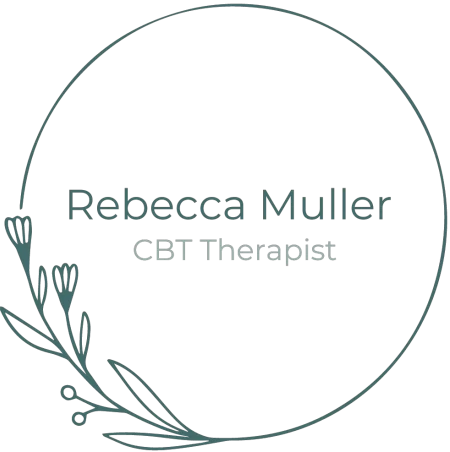In the landscape of psychotherapeutic approaches, Schema Therapy stands out as a dynamic and transformative method designed to tackle deep-seated emotional patterns that often elude traditional therapeutic methods. In this blog, we'll delve into what Schema Therapy is, how it works, and the myriad ways it can offer healing and personal growth.
What is Schema Therapy?
Schema Therapy, developed by Dr. Jeffrey Young, is an integrative approach that combines elements from cognitive-behavioural therapy (CBT), psychodynamic therapy, and attachment theory. It focuses on addressing "early maladaptive schemas" – core beliefs and themes that develop in childhood due to unmet emotional needs or traumatic experiences. These schemas shape our perceptions, emotions, and behaviours, often leading to chronic emotional difficulties and relationship challenges.
How Does Schema Therapy Work?
At the heart of Schema Therapy lies the belief that understanding and transforming these deeply rooted schemas is key to lasting healing. Here's how Schema Therapy works:
- Identification: The therapist works collaboratively with the client to identify the maladaptive schemas that underlie their emotional struggles. Through dialogue and assessment, the client gains insight into these deeply ingrained beliefs. The therapist may also use a float back technique, whereby they help the client tune in to their present distress and notice how this feels physically and emotionally then float back to a previous time in early life when they felt the same way.
- Exploration of Early Experiences: Clients delve into their past to uncover the origins of these schemas. Early interactions with caregivers, traumas, or unmet emotional needs are explored to shed light on how these beliefs were formed.
- Mode Work: Schema Therapy introduces the concept of "modes," which are emotional states and coping strategies that clients adopt in various situations. These modes, such as the "vulnerable child" or the "inner critic," are identified and understood to help clients manage them effectively. The aim is to always strengthen the "healthy adult' part of you.
- Cognitive and Experiential Techniques: Clients engage in cognitive techniques to challenge and reframe negative thought patterns associated with their schemas. Additionally, experiential techniques like imagery, role-playing, and chair work help clients emotionally connect with their past experiences and heal wounds.
- Limited Reparenting: Through limited reparenting, clients receive the nurturing and support they may have lacked during childhood. Therapists provide corrective emotional experiences, helping clients develop healthier emotional responses.
What Can Schema Therapy Help With?
Schema Therapy's versatility shines through in its ability to effectively address a wide spectrum of mental health challenges. It can help with chronic depression, anxiety disorders, relationships, and trauma recovery.
In conclusion, Schema Therapy is a powerful avenue for those seeking profound transformation and healing. By addressing the core beliefs that shape our emotional worlds, this approach offers the chance to rewrite our narratives and foster lasting change.
If you have experienced trauma or any other issues and are seeking support on your healing journey, I am here to help. At Rebecca Muller CBT, I specialise in trauma-informed therapy, and I am committed to providing a safe and empathetic space for your recovery. Please don't hesitate to reach out to us to schedule an appointment.
